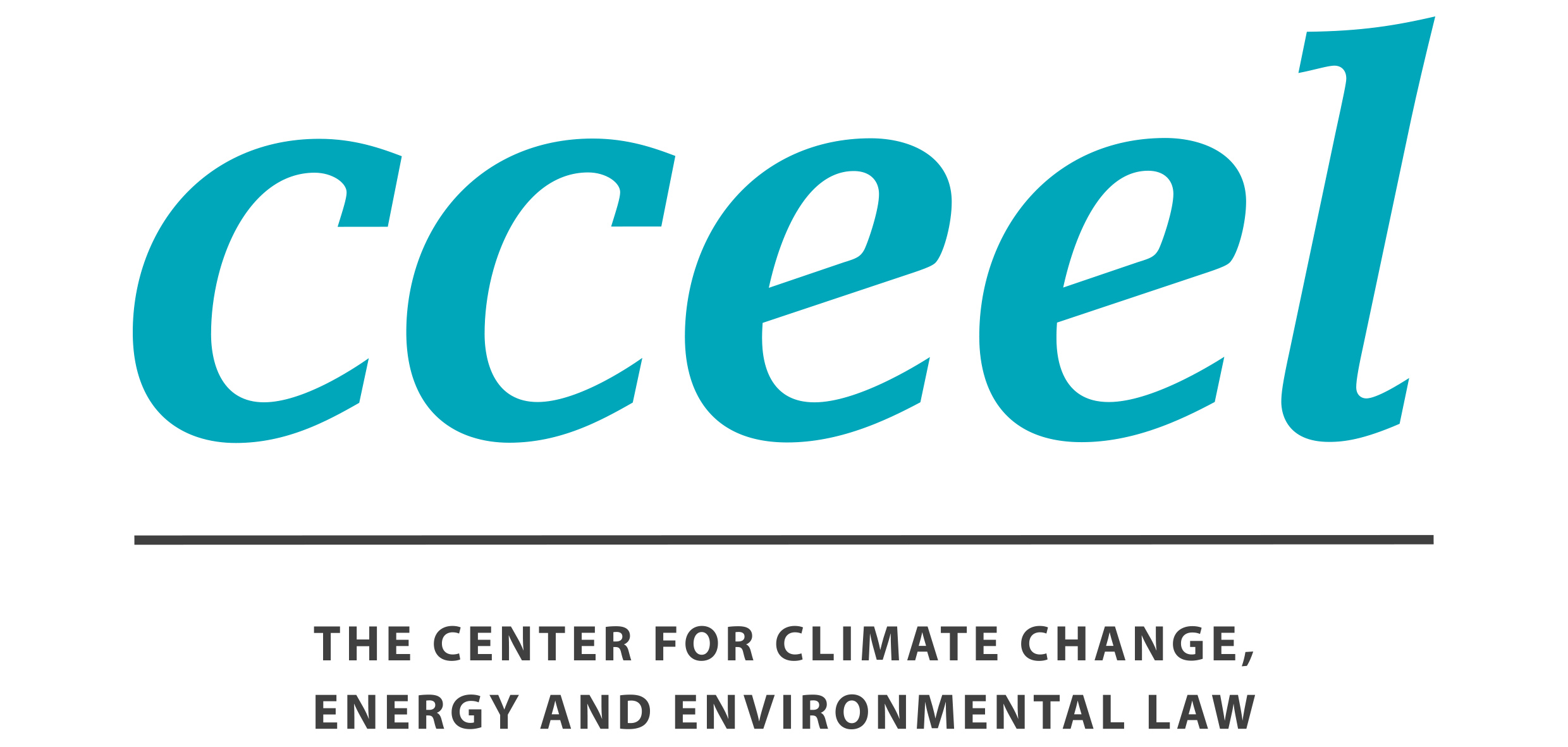Sustainable finance and the changing regulation of investment firms: What role for the new suitability assessment criteria?

By Dr. Mikko Rajavuori, Academy of Finland Post-doctoral fellow and Dr. Matti Turtiainen, Head of UEF Law School.
Sustainable finance has entered mainstream. Judged by the growing supply of funds and other investment products that pursue ‘sustainability’ or ‘environmental social and governance (ESG)’ goals, the financial markets are greening at a rapid pace.
However, the proliferation of sustainable financial markets remains rife with ambiguities. Most importantly, the risk of greenwashing – i.e. unsubstantiated claims about the sustainability impacts of financial products – continues to loom large. Retail customers, in particular, often struggle to identify investment products that genuinely contribute to their stated environmentally or socially beneficial objectives.
Investment firms and the regulation of sustainable finance
Against this backdrop, it is not surprising that major regulators, including the EU, have recently deployed an ambitious policy and regulatory agenda to improve the transparency and measurability of sustainable financial products. The growing regulatory scrutiny extends to investment firms, such as investment advisors and asset management firms, that serve as key gatekeepers in channeling retail investment to serve sustainable outcomes.
In the EU, a clear example of such investment firm-driven regulatory strategy is the inclusion of the client’s sustainability preferences in suitability assessment criteria, proposed in April 2021. The reform alters the operating conditions of investment firms, aiming at aligning the pecuniary interests of retail investors with sustainable development concerns. At the same time, however, the technical changes to suitability assessment also expose the tensions that embedding sustainability criteria in the traditional framework of financial regulation can cause.
What is suitability assessment?
Suitability assessment refers to the obligation of the investment firm to collect information about a client and then assess the suitability of a particular investment product for that client. The primary driver of suitability assessment is investor protection. In short, understanding the client’s needs and investment objectives and experience is essential for the investment firm to be able to act in her best interests. At the EU level, the current suitability requirements are governed by the Markets in Financial Instruments Directive (MiFID II) and the accompanying Commission Delegated Regulation.
Suitability assessment can be understood to operate in three steps. First, investment firms must obtain information that enables them to determine, among other factors, the client’s investment objectives, risk tolerance and investment knowledge. Second, this investment profile is used as a basis for choosing financial products that can be recommended to the client. Third, the client must be provided with a report explaining how the recommendations made are suitable for her. Importantly, investment firm may not recommend a product that it does not consider suitable for a client.
How is sustainability brought into suitability assessment?
In April 2021, the EU proposed a reform to the suitability assessment, which should in the future take into account the client’s sustainability preferences in addition to her investment objectives, risk tolerance and investment experience. The most significant changes were made to the Commission Delegated Regulation. Neither the Council nor the Parliament raised objections, and the amendments will thus become applicable in August 2022.
In principle, the reformed suitability assessment rules are straightforward. Investment firms need to take into account the client’s sustainability preferences and adapt the range of their recommended financial products to suit those preferences.
Sustainability preferences are the key operational concept in the amended rules. Their definition is complex, and it hinges to a great extent on other EU sustainable finance instruments, such as the Taxonomy Regulation and the Regulation on Sustainability‐related Disclosures. Accordingly, sustainability preferences can cover a wide range of different financial products with varying levels of sustainability ambitions.
Procedurally, the reformed suitability assessment operates in two steps. First, the investment firm must perform traditional suitability assessment that focuses on the client’s investment objectives, time horizon and individual circumstances. The client’s potential sustainability preferences are to be inquired only after completing this step.
Substantively, it is up to the investment firm to explain the different degrees of sustainability to its clients and distinguish the products that can be recommended, based on their clients’ individual sustainability preferences. Investment firms cannot recommend financial products if they do not meet the client’s sustainability preferences. As a whole, the inclusion of sustainability preferences in suitability assessment thus seeks to embed novel sustainability objectives in its original investor protection function.
Are sustainability preferences a problem for investor protection?
Changes in the suitability assessment rules are an indication of the EU’s broader sustainable finance strategy that relies on repurposing existing financial regulations and enlisting key market actors to elicit desired sustainability impacts. This strategy, however, is not always straightforward or legally coherent. The inclusion of sustainability preferences in the suitability assessment highlights one problematic area, which is the tension between sustainability motives and investor protection.
Suitability assessment was originally created to prevent the sale of complex financial products to retail investors who did not fully understand their nature and risks. The investor protection motives carry on to the new investment firm rules, but mostly with a view of reducing opportunities for greenwashing. This function aside, the new suitability rules may work against the original investor protection motivation.
Sustainable investment products are still a new category, which may contain complex instruments. Because the new regulation emphasizes the client’s own sustainability preferences as the basis of suitability assessment, there is a risk that the investment products come to contain risky elements which the client, due to their novelty and intricacy, fails to understand.
Risks are exacerbated by a new ‘safety valve’ rule, which gives the client an opportunity to adjust her sustainability preferences, if no products offered by the investment firm are suitable. This change deviates considerably from the current suitability regulation, under which the investment firm may not, as a rule, change the client’s suitability profile. The new rule can be expected to lead to changes in the sustainability preferences expressed by the client and thus to ‘suitability negotiation’ that is alien to traditional regulatory framework and especially to its driving investor protection objective.
Conclusion
Changes to suitability assessment rules highlight the key role that investment firms and retail investors play in further implementation of the EU’s sustainable finance strategy. While investor protection, especially in the case of preventing greenwashing, remains high on the EU’s agenda, the new sustainability objectives may also challenge several core tenets of the earlier regulatory paradigm.
The technical adjustments to suitability requirements, for one, seem to expose deep-seated systemic frictions when embedding sustainability goals in existing regulatory infrastructure for retail investment markets. Time will tell whether these frictions will co-exist or undermine the wider sustainable finance landscape in the EU and globally.
Photo by Visual Stories || Micheile on Unsplash
